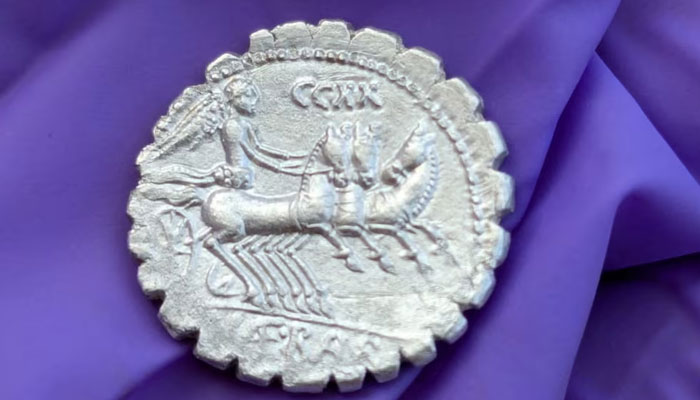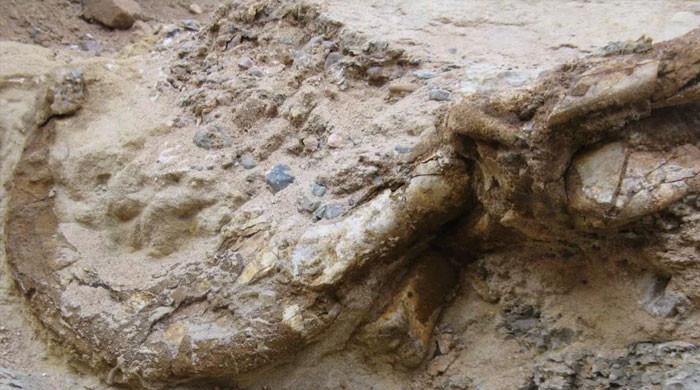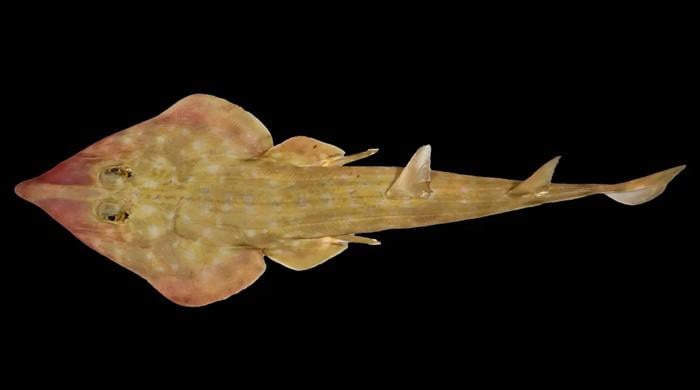Archaeologists discover trove of ancient silver coins in Pantelleria
Researchers find 27 Roman coins, mined between 94 and 74 BC, on Mediterranean island near Sicily
September 07, 2024

A trove of silver coins from Roman times has been discovered by archaeologists on a Mediterranean island near Sicily.
The ancient coins were hidden in a hole in a wall and were possibly hidden during an attack by pirates more than 2,000 years ago, Live Science speculates.
According to Sicily’s regional government’s Facebook post on September 2, the coins were approximately minted between 94 and 74 BC. Moreover, some of the coins have an imprint of a human head which has not been yet identified.
Archaeologists found the trove of 27 silver coins while gouging the Acropolis of Santa Teresa and San Marco on the island of Pantelleria.
The location of the discovery is near to the heads of three Roman statues which were discovered a few years ago, the statement from Thomas Schafer, an archaeologist from the University of Tubingen.
The remains and ruins of the site are more olden than the coins, dating back to the Punic or Carthaginian period before the Punic Wars between Carthage and Rome in the third and second centuries BC were waged, as per Live Science.
The team that discovered the ancient silver coins was led by Germany's University of Tubingen. The archaeologists have been working at the site for the past 25 years, as per a government statement.
Furthermore, Schafer conveyed that some of the coins were found after soil or clay had slipped from it following rain. The rest were discovered later underneath a boulder.











